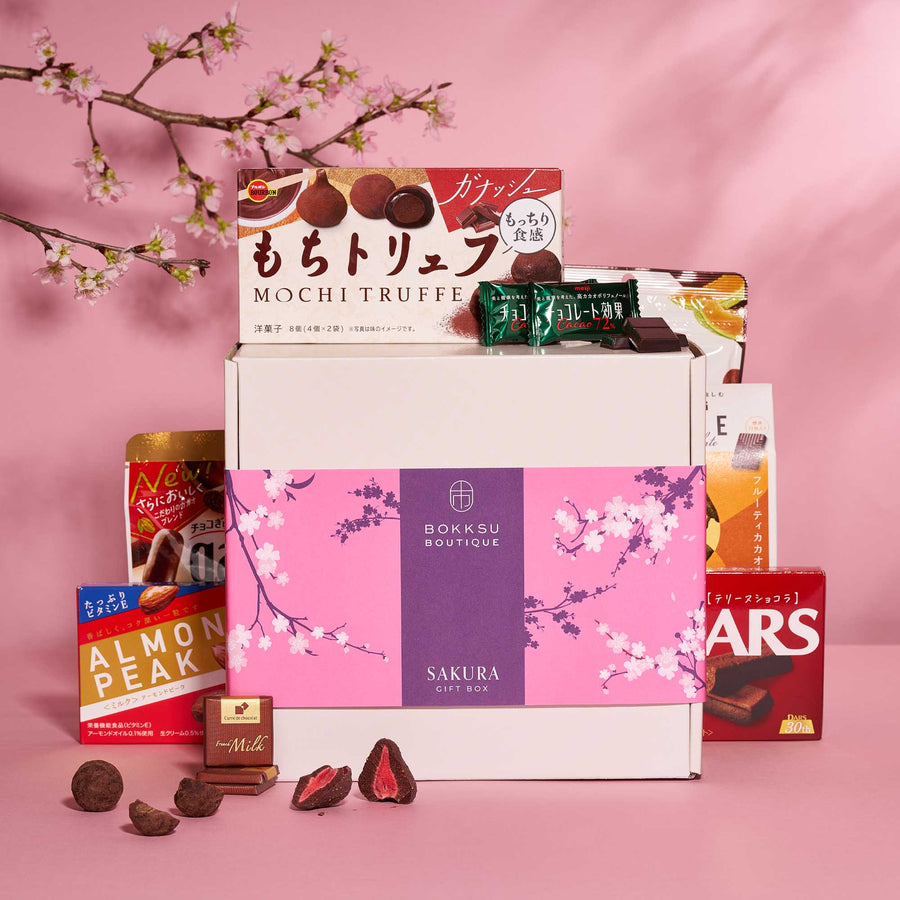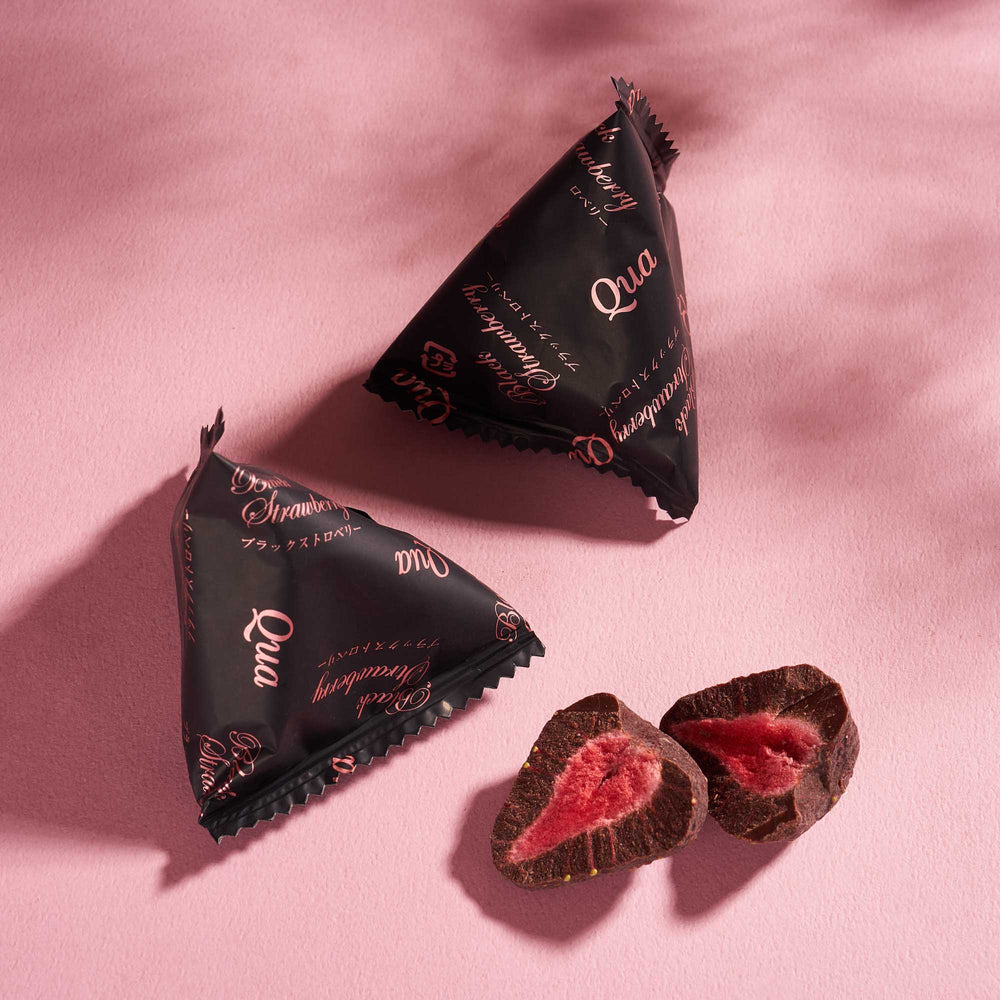Discover Japanese Seasoning Sensation: Togarashi Spice
What is Togarashi Spice?
India has garam masala. China has Chinese five spice. Egypt has dukkah. Japan has shichimi togarashi, or togarashi for short. Whether you have heard of it or not, togarashi is a key ingredient in Japanese cooking.
What is togarashi? Technically, the word togarashi just refers to the spicy chili pepper, but people usually say togarashi when they’re referring to the longer phrase shichimi togarashi. Togarashi is a blend of spices that has a few other monikers: shichimi togarashi, Japanese seven spice, seven spice powder, or seven flavor chili pepper.
Shichimi (七味)means seven flavors and togarashi (唐辛子) means chili pepper, so it’s easy to guess that shichimi togarashi is a chili pepper mixture with seven ingredients total. The seven ingredients are typically red chili pepper flakes, sesame seeds, nori flakes, ground sansho pepper, mandarin orange peel, ground ginger, and poppy seed or hemp seed.
It should be mentioned that there are other spice blends that are sometimes used, including ones with Sichuan peppercorn instead of sansho pepper, both white and black sesame seeds, yuzu peel instead of mandarin orange peel, or no dried nori. The main thing is to keep the ingredient list to seven in order for it to be a true shichimi togarashi.
What is the History of Shichimi Togarashi?
In 1625, during the Edo period, an herbalist in Tokyo named Yagenbori is said to have concocted the first batch of shichimi togarashi. It was created as a medicinal supplement, then was widely distributed by street vendors after its reputation soared. Each of the seven ingredients purportedly boosts one’s health, especially related to inflammation, circulation, and digestion.
The original Yagenbori company is still open to this day and operating in the area of the Sensoji temple in Asakusa, Tokyo. Although togarashi has roots going back to a 17th century herb and spice dealer, it has now made it around the world and finds itself adorning some surprising dishes.

What Does Shichimi Togarashi Taste Like?
Japanese cuisine has a reputation for being mild in flavor, but togarashi is a unique seasoning that knocks it out of the park in terms of taste and complexity.
Togarashi has a spicy kick to it, but that’s not the only flavor that comes through. The blend of spices gives togarashi many flavors in one, from nutty and umami to citrusy and spicy. The fact that it also has varying textures, such as the crunchy seeds, makes it that much more enjoyable as a seasoning.
Those who want nothing but heat reach for ichimi togarashi, a single-flavor chili pepper spice with no other added ingredients. They also might substitute togarashi for another type of hot sauce. Nanami togarashi is a type of shichimi togarashi that is more citrus-heavy and excellent on seafood.
A great way to try shichimi togarashi yourself is with the Shichimi Power Set. It includes three versions of shichimi togarashi: classic seven spice, yuzu seven spice, and spicy ramen seven spice. These three types of shichimi togarashi will cover you whether you want the regular version, a more citrus flavor, or a hot dusting on your noodles, soup, meat, seafood, and other dishes.
How is Togarashi Used?
Togarashi is generally sprinkled on meals as a finishing spice rather than cooked in with the food. It is used like salt and pepper—to add some oomph to otherwise bland food. It can also be used as a rub before cooking meat. Shichimi togarashi adds a savory, citrusy, and spicy essence to many meals.
The most common use of togarashi is for spicing up soup dishes such as ramen, udon, soba, and miso soup. It’s also used to jazz up meat dishes like yakitori, gyudon, or steak. It’s sometimes sprinkled on top of grilled fish, including salmon and other seafood. There are those who like it in nabemono dishes like shabu shabu. And many like to use togarashi as a simple rice topping, much like the way furikake is used.
These days, people have started adding shichimi togarashi to even more foods such as French fries, hamburgers, avocado toast, popcorn, and more. It’s the spice blend that keeps on giving and expanding its application!
How Can I Get Togarashi?
There are many snacks that use togarashi as a key ingredient. One example is Shichimi Seven-Flavor Beans. These crunchy little cracker bites are made with soramame, also known as broad beans or fava beans. The bean flavor is subdued but the shichimi togarashi seasoning is impossible to ignore.
Another snack not to miss is Shima Togarashi Rice Crackers and Peanuts. Shima togarashi comes from Okinawan red chili peppers and is an island favorite. Be prepared for an addictive but spicy experience with both of these cracker varieties!

There are also teas that use shichimi togarashi as their show stopper, like Togarashi Spicy Hojicha Tea. The chili pepper, ginger, and green tea are an ideal trifecta to make your throat or stomach feel better, and even tastes great if you feel perfectly healthy.
Suffice it to say that there are many food products that contain togarashi these days. Togarashi has proven itself to be a long-lived and versatile spice in the Japanese kitchen and beyond!
Author Bio








 Bokksu Snack Box
Bokksu Snack Box

























